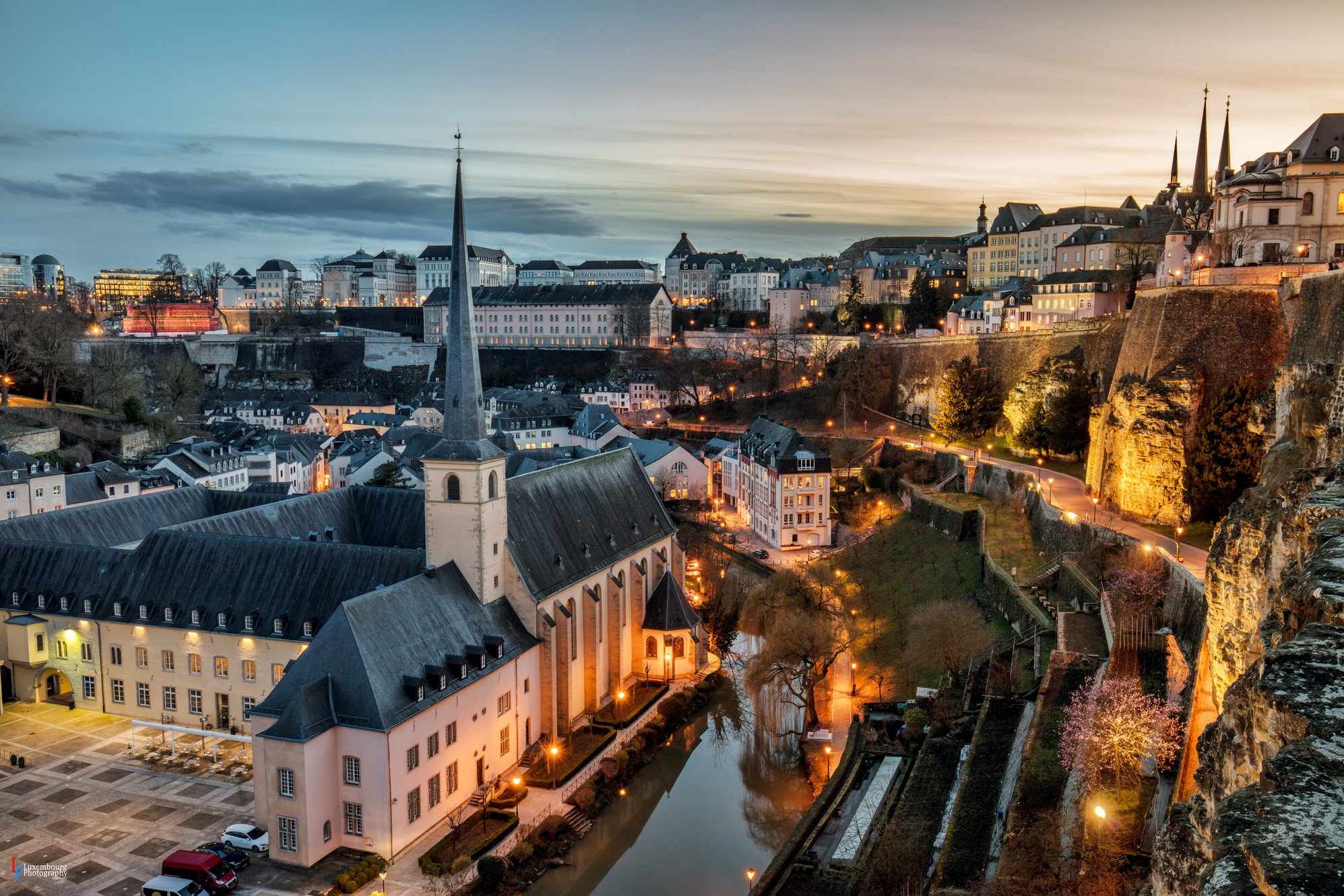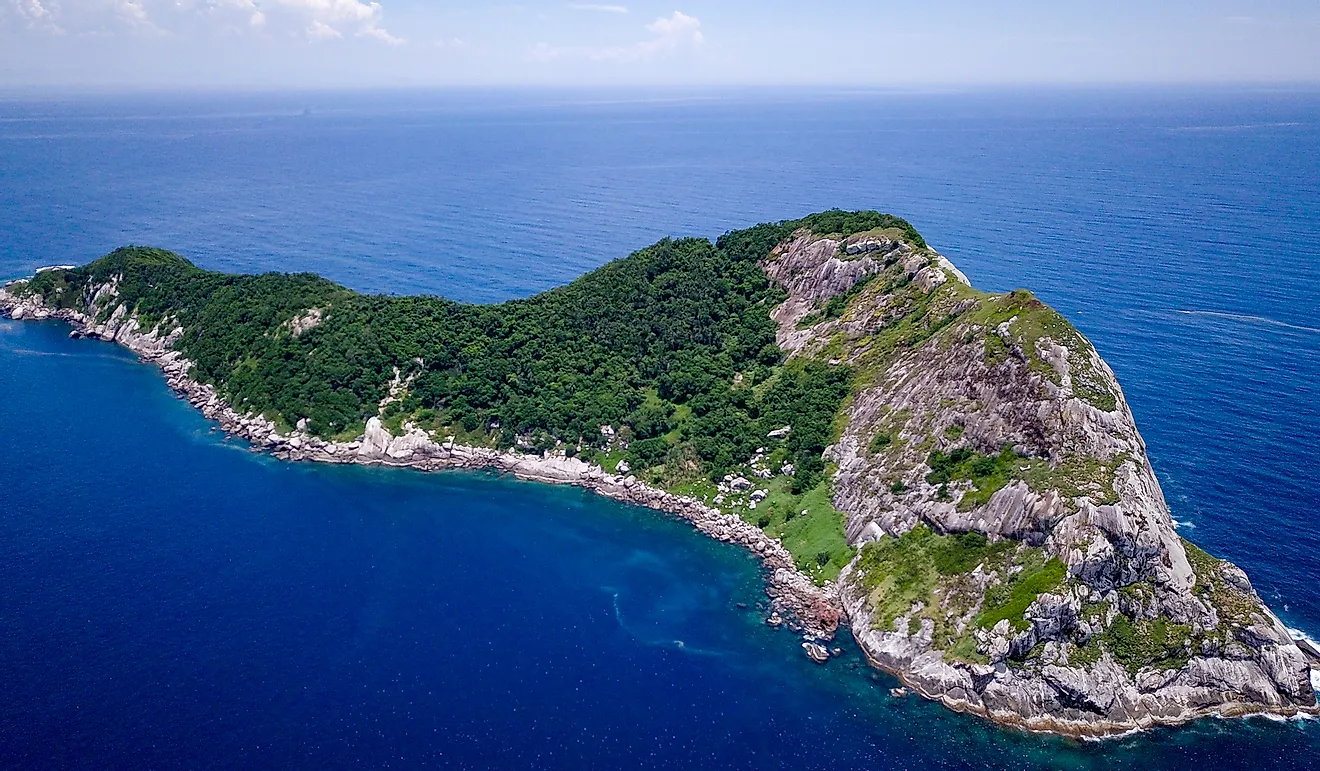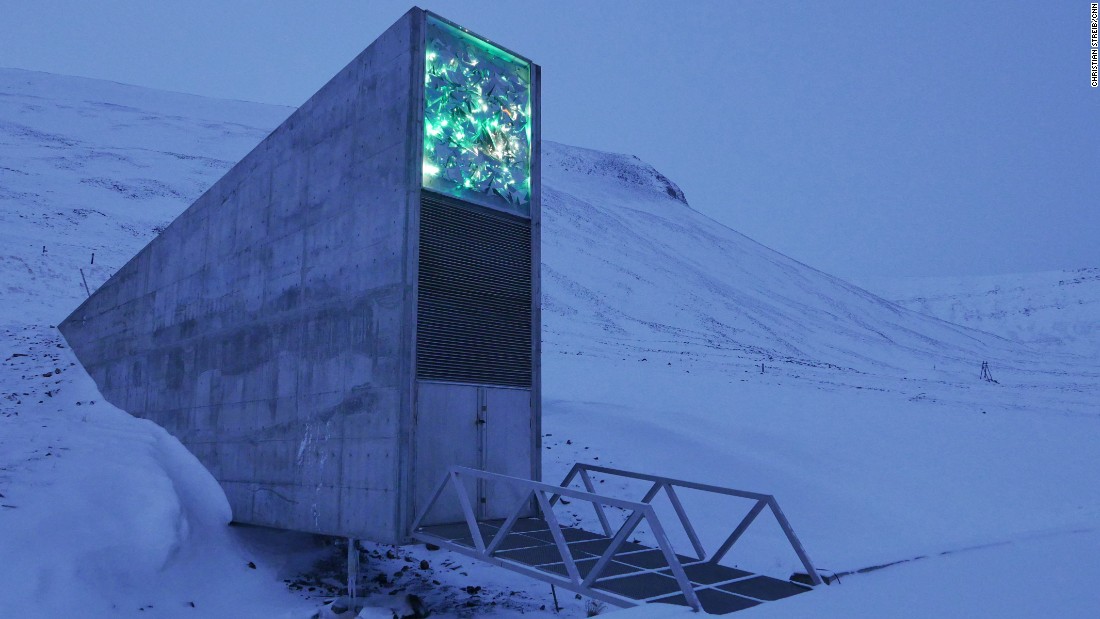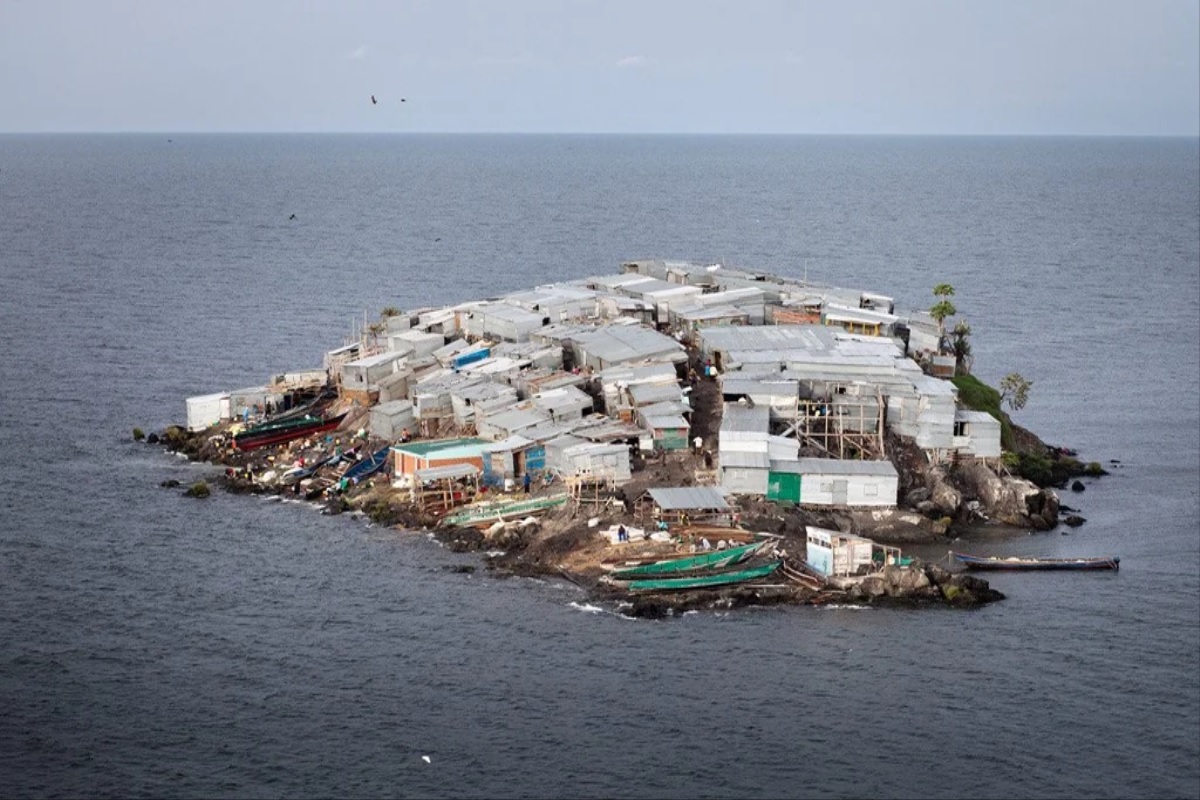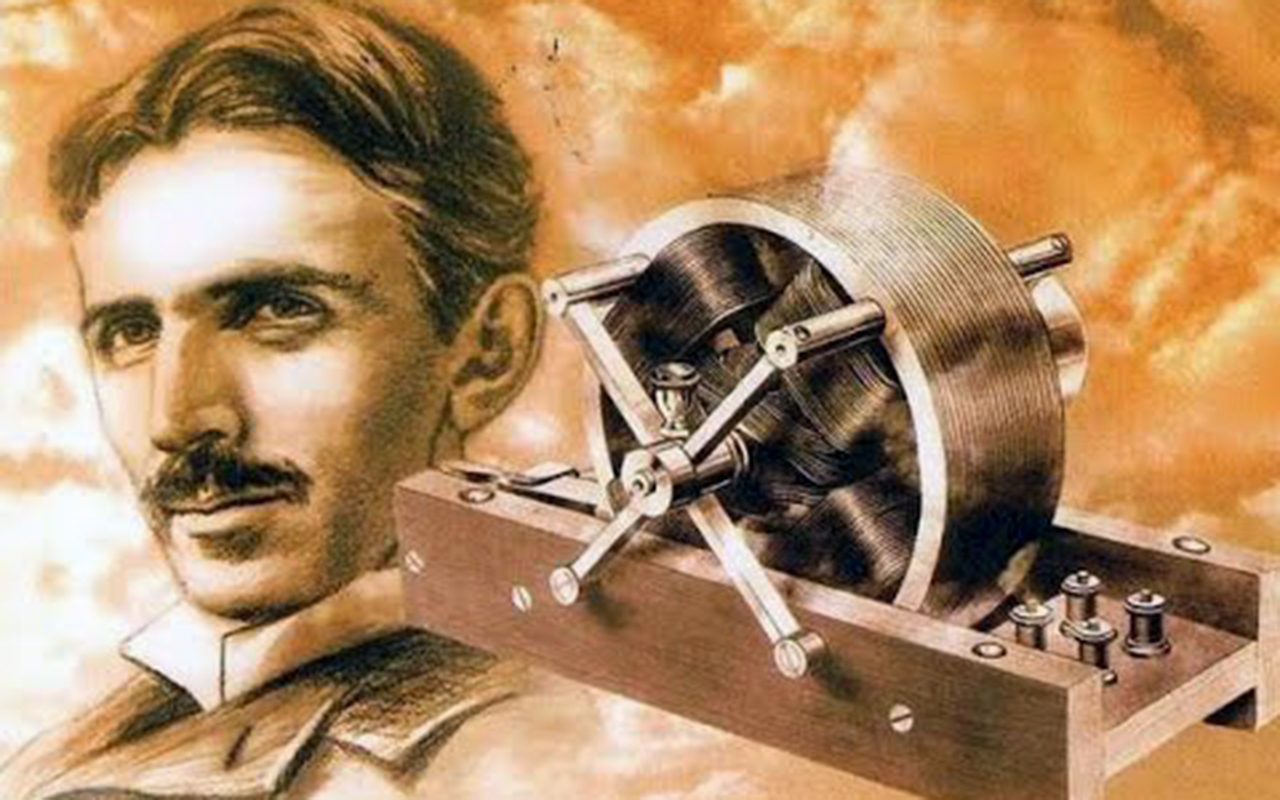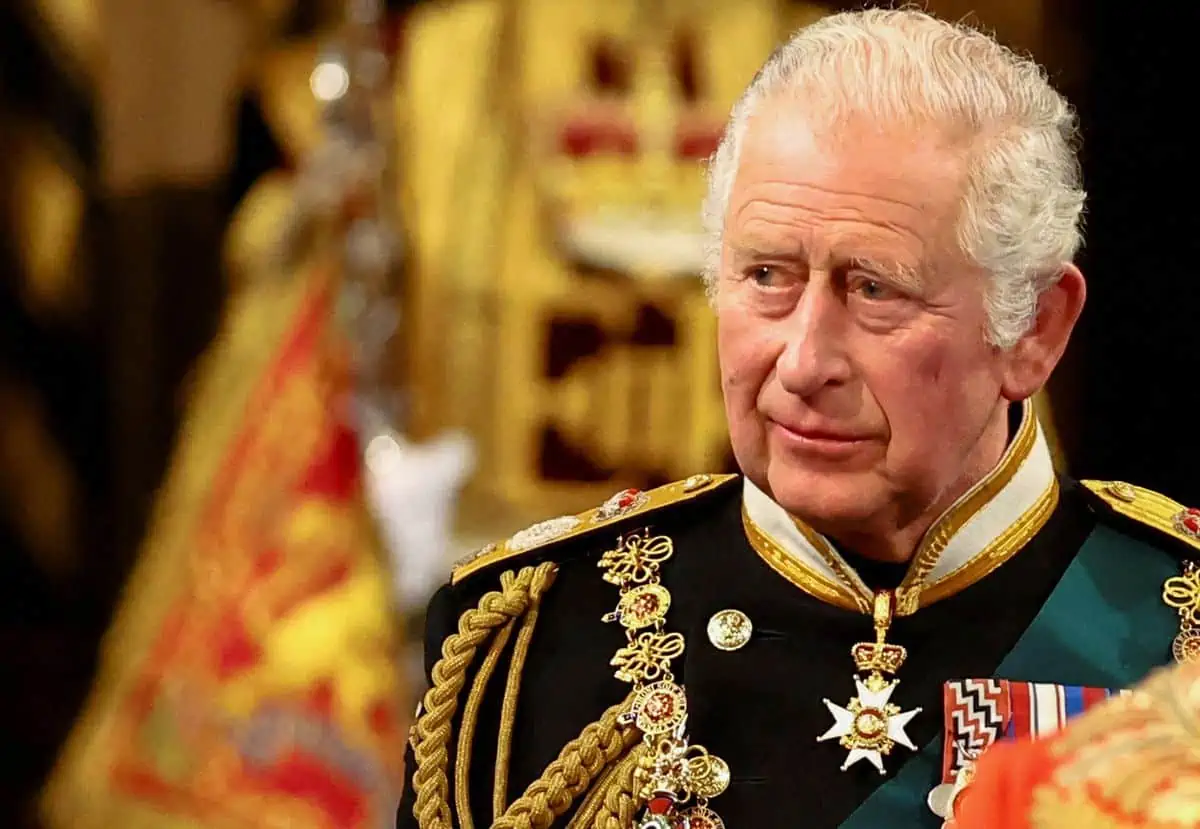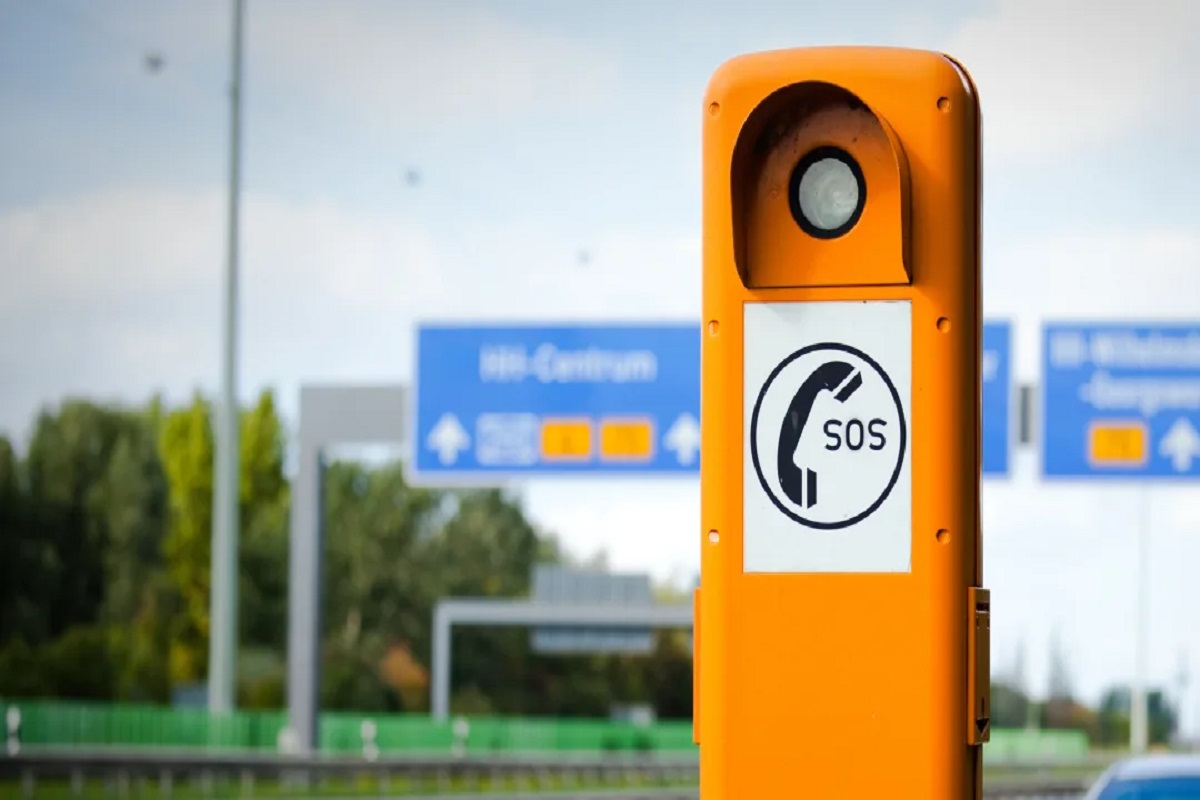It’s been a long time since humans first visited the moon, Earth’s only natural satellite. Over the years, they have left behind various artifacts and memorials. As a result, the moon has accumulated around four lakh tons of garbage, either intentionally or unintentionally, from astronauts and their missions.
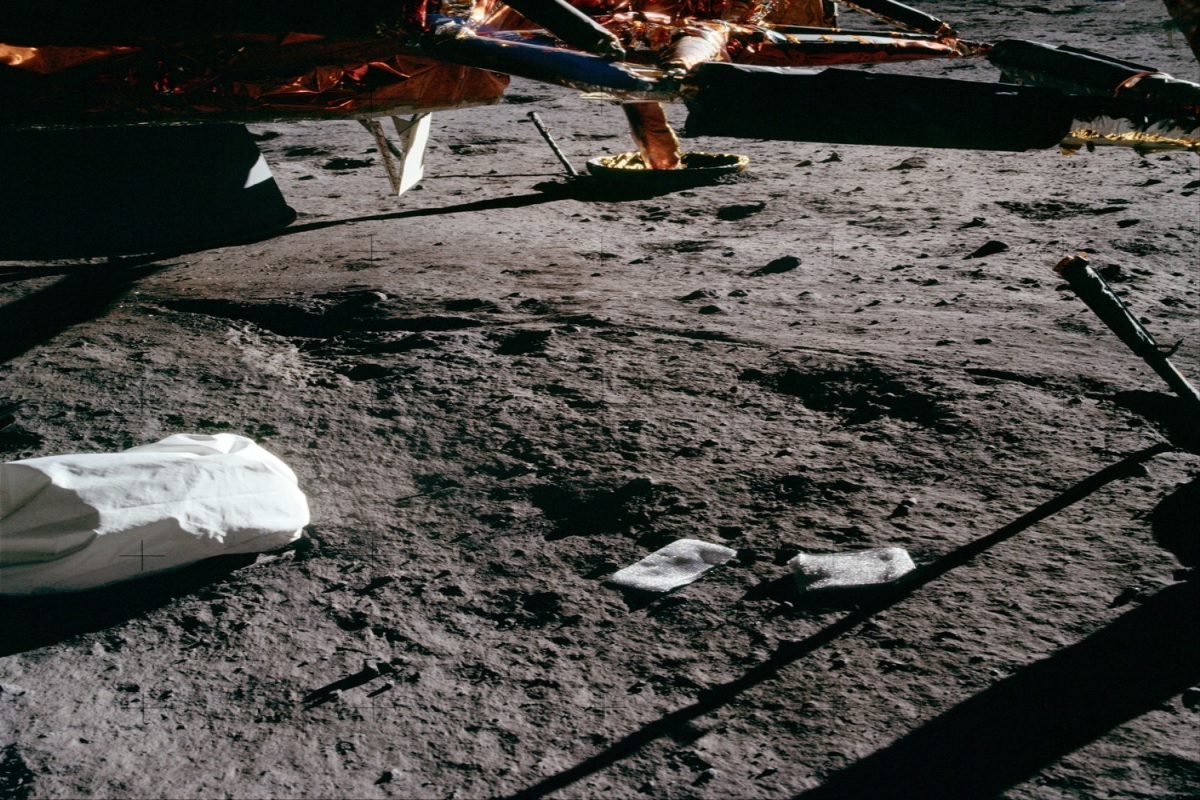
Among the items left on the moon are broken spacecraft, landers, and various light and heavy parts. Some astronauts even placed golf equipment and flags as souvenirs, and they left behind pictures of their families and other personal items.
The moon’s surface is scattered with bags of astronaut trash, including 96 bags of human waste. These waste bags were left on the moon so that the spacecraft wouldn’t have to carry the extra weight back to Earth.
Buzz Aldrin, the second man to walk on the moon, mentioned these items in a tweet. You can find flags from different countries, eagle feathers, and even aluminum hammers scattered across the lunar landscape. The Americans conducted a small experiment on the moon, where they dropped a bird’s feather and an aluminum hammer from the same height. The results of this experiment showed that both the feather and the hammer hit the lunar surface at the same time.
One astronaut, Alan Shepard, played golf on the moon and mentioned that the golf ball had traveled quite a distance. He did not disclose the brand of the ball, as it could potentially lead to additional profits through exclusive information.
Additionally, there are aluminum sculptures buried in lunar soil, created in Belgium to commemorate American and Soviet explorers. Other discarded items on the moon include boots, TV cameras, film magazines, shovels, backpacks, handkerchiefs, health equipment, and empty food packets. Most of these objects remain on the moon as waste, contributing to the growing collection of artifacts left behind by human missions.


